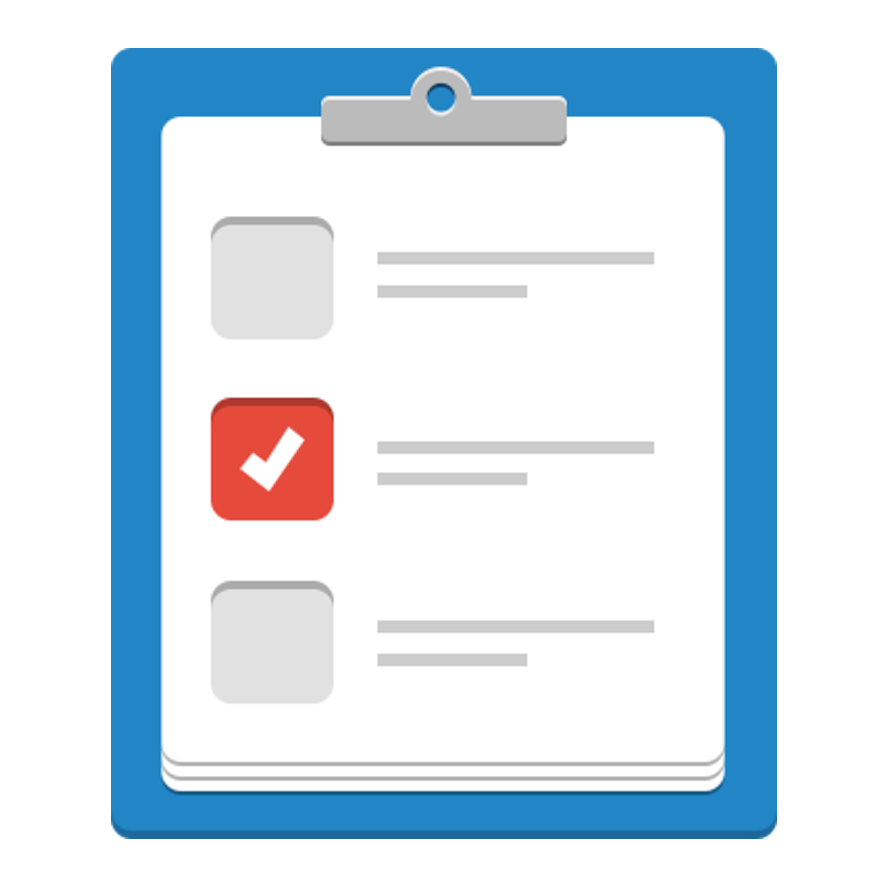ScholarlyArticle DRAFT Profile
Version: 0.3-DRAFT (11 November 2022)
If you spot any errors or omissions with this type, please file an issue in our GitHub.
Key to specification table
- Green properties/types are proposed by Bioschemas, or indicate proposed changes by Bioschemas to Schema.org
- Red properties/types exist in the core of Schema.org
- Blue properties/types exist in the pending area of Schema.org
- Black properties/types are reused from external vocabularies/ontologies
CD = Cardinality
| Property | Expected Type | Description | CD | Controlled Vocabulary | Example |
|---|---|---|---|---|---|
| Marginality: Minimum. | |||||
| @context | URL | Used to provide the context (namespaces) for the JSON-LD file. Not needed in other serialisations. |
ONE | ||
| @type | Text | Schema.org/Bioschemas class for the resource declared using JSON-LD syntax. For other serialisations please use the appropriate mechanism. While it is permissible to provide multiple types, it is preferred to use a single type. |
MANY | Schema.org, Bioschemas | |
| @id | IRI | Used to distinguish the resource being described in JSON-LD. For other serialisations use the appropriate approach. | ONE | ||
| dct:conformsTo | IRI | Used to state the Bioschemas profile that the markup relates to. The versioned URL of the profile must be used. Note that we use a CURIE in the table here but the full URL for Dublin Core terms must be used in the markup (http://purl.org/dc/terms/conformsTo), see example. |
ONE | Bioschemas profile versioned URL | |
| identifier |
PropertyValue Text URL |
Schema: A global a unique identifier for scholarly articles such as DOI. Others such as PMID and PMC are also possible. Use the namespace:id format e.g. doi, pmid and pmc . Follow community recommendations for the namespace The identifier property represents any kind of identifier for any kind of Thing, such as ISBNs, GTIN codes, UUIDs etc. Schema.org provides dedicated properties for representing many of these, either as textual strings or as URL (URI) links. See background notes for more details. |
MANY | ||
| name |
Text |
Schema: Title of the article as per schema.org examples (headline is also offered as optional for compatibility purposes) The name of the item. |
ONE | ||
| Marginality: Recommended. | |||||
| abstract |
Text |
Schema: An abstract is a short description that summarizes a CreativeWork. |
ONE | ||
| author |
Organization Person |
Schema: The author of this content or rating. Please note that author is special in that HTML 5 provides a special mechanism for indicating authorship via the rel tag. That is equivalent to this and may be used interchangeably. |
MANY | ||
| citation |
CreativeWork Text |
Schema: A citation or reference to another creative work, such as another publication, web page, scholarly article, etc. |
MANY | ||
| dateCreated |
Date DateTime |
Schema: The date on which the CreativeWork was created or the item was added to a DataFeed. |
ONE | ||
| dateModified |
Date DateTime |
Schema: The date on which the CreativeWork was most recently modified or when the item’s entry was modified within a DataFeed. |
MANY | ||
| datePublished |
Date |
Schema: Date of first broadcast/publication. |
ONE | ||
| isPartOf |
Creativework Periodical PublicationIssue URL publicationvolume |
Schema: We recommend at least to inlcude a link to the most granular possible level, e.g., PublicationIssue if available. It is also possible to use ‘isPartOf’ to directly link to the PublicationVolume or the Journal (i.e. Periodical), making it easier to find links to each other. It can also be part of another type, e.g., Dataset, if needed. Indicates an item or CreativeWork that this item, or CreativeWork (in some sense), is part of. Inverse property: hasPart. |
MANY | ||
| keywords |
DefinedTerm Text URL |
Schema: Keywords or tags used to describe this content. Multiple entries in a keywords list are typically delimited by commas. |
MANY | ||
| license |
CreativeWork URL |
Schema: A license document that applies to this content, typically indicated by URL. |
ONE | ||
| publisher |
Organization Person |
Schema: The publisher of the creative work. |
MANY | ||
| sameAs |
URL |
Schema: Any other machine readable description of this article. URL of a reference Web page that unambiguously indicates the item’s identity. E.g. the URL of the item’s Wikipedia page, Wikidata entry, or official website. |
MANY | ||
| url |
URL |
Schema: DOI if possible and any other available page displaying this article URL of the item. |
MANY | ||
| Marginality: Optional. | |||||
| about |
Thing |
Schema: SemanticTextAnnotations derived (manually or automatically) from the text of this article The subject matter of the content. Inverse property: subjectOf. |
MANY | ||
| articleBody |
Text |
Schema: If included, could be separated in paragraphs or so. The actual body of the article. |
MANY | ||
| correction |
CorrectionComment Text URL |
Schema: Indicates a correction to a CreativeWork, either via a CorrectionComment, textually or in another document. |
MANY | ||
| editor |
Person |
Schema: Specifies the Person who edited the CreativeWork. |
MANY | ||
| funder |
Organization Person |
Schema: A person or organization that supports (sponsors) something through some kind of financial contribution. |
ONE | ||
| headline |
Text |
Schema: Title of the article (offer for compatibility, while schema.org uses name for this purpose, some scholarly material repostitories/archives use headline) Headline of the article. |
ONE | ||
| inLanguage |
Language Text |
Schema: The language of the content or performance or used in an action. Please use one of the language codes from the IETF BCP 47 standard. See also availableLanguage. Supersedes language. |
MANY | ||
| isAccessibleForFree |
Boolean |
Schema: A flag to signal that the item, event, or place is accessible for free. Supersedes free. |
ONE | ||
| isBasedOn |
CreativeWork Product URL |
Schema: Link to any HTML other than the DOI one as well as to possible web services, such as PMC OAI service, providing machine-readable versions used to create this metadata. A resource that was used in the creation of this resource. This term can be repeated for multiple sources. For example, http://example.com/great-multiplication-intro.html. Supersedes isBasedOnUrl. |
MANY | ||
| pageEnd |
Integer Text |
Schema: The page on which the work ends; for example “138” or “xvi”. |
ONE | ||
| pageStart |
Integer Text |
Schema: The page on which the work starts; for example “135” or “xiii”. |
ONE | ||
| pagination |
Text |
Schema: Any description of pages that is not separated into pageStart and pageEnd; for example, “1-6, 9, 55” or “10-12, 46-49”. |
MANY | ||
| sameAs |
URL |
Schema: Any other machine readable description of this article. URL of a reference Web page that unambiguously indicates the item’s identity. E.g. the URL of the item’s Wikipedia page, Wikidata entry, or official website. |
MANY | ||






